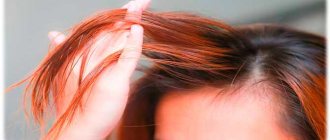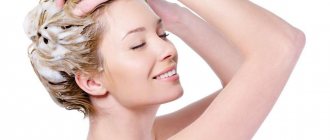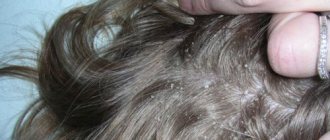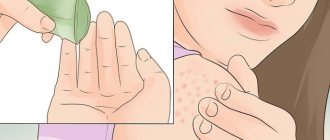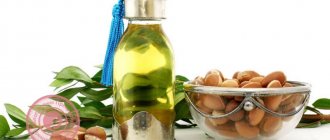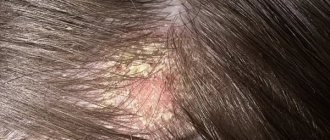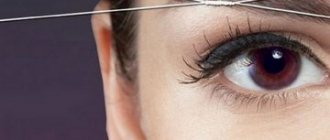Mild shampoos: a guide to surfactants
You already know that there are only 4 types of shampoos. But women are mainly looking for “soft shampoos” with keratin, protein and other additives. What can you do, most of us don’t have a lush mane of “thick” hair that can’t be ruined even with soap, so the sudden thought “what if this will help preserve my hair” becomes the main motive for the purchase.
But in this case, it is not caring additives that will help you preserve your hair, but rather gentle cleansing, i.e., soft surfactants, which, although they will not clean squeaky clean, in the end you will have fewer split ends and dry, brittle hair.
So let's talk today about soft surfactants. By remembering a few simple rules, you can easily choose the right shampoo.
But first, let’s define what a “mild” shampoo is.
- Should a mild shampoo not irritate your scalp?
- Or should a mild shampoo not sting your eyes?
- Or is a mild shampoo designed for fine hair that is terribly damaged?
And by the way, does such a shampoo necessarily lather poorly (like most baby products)? Because without foam it’s not at all clear whether it “washes” or not...
Compromises in the production of mild shampoos
There are a lot of requirements, often they are contradictory, and no single product can cover them all. Cosmetic chemists have not yet created the “ideal” product that foams easily and quickly, does not irritate the eyes and optimally conditions the hair. So creating shampoo is always a search for compromises.
For example, shampoo with the mildest surfactants and conditioning agents. But as a result, such shampoo weighs down thin hair, and the consumer does not see volume and shine. In addition, the product does not foam well, and you will have to soap your hair several times, which significantly increases its consumption. Bottom line: such a shampoo will not cover production costs.
In reality, several basic parameters are taken into account during development: the irritant potential of the surfactant mixture, foam height (abundance), foam texture (size of bubbles, the smaller they are, the silkier the foam), foaming speed, cleaning ability, compatibility with other ingredients (sulfates are not compatible with conditioning agents, and salicylic acid needs a low pH), color, odor and environmental friendliness.
Why can sulfates be found in organic shampoos?
The fact is that not all sulfates are equally harmful. There are hard sulfates, such as the well-known Sodium Lauryl Sulfate (SLS) and Sodium Laureth Sulfate (SLES), and there are soft sulfates.
For reference, let me remind you what hard sulfates have done wrong to humanity
